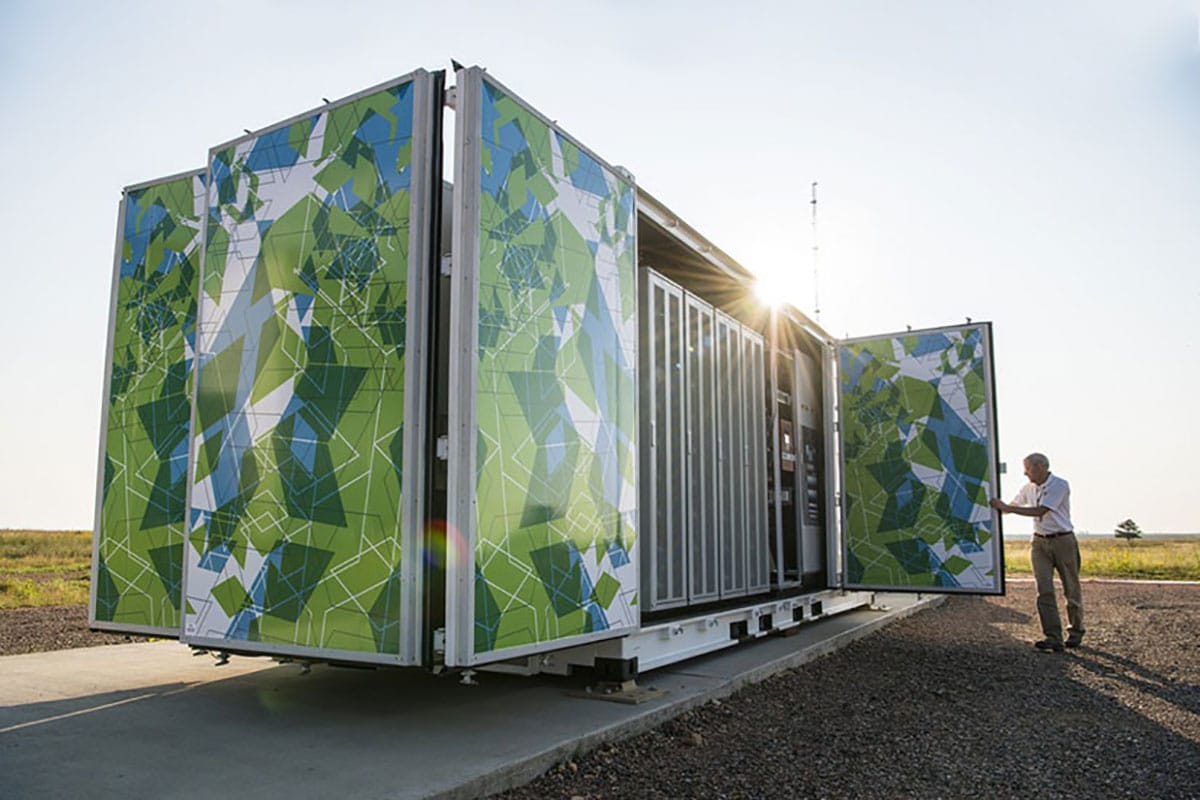
The world has a monumental challenge ahead of it to be able to net-zero by 2050 in the narrow possibility to inexpensive reality. The transition must demand more from our electric grid than ever before. Stationary energy storage systems are significant to grid resiliency appreciate your renovated that the power from alternative energy is available when and where it is essential.
Behind-the-meter depository (BTMS) systems directly produce homes and buildings by means of vitality and offer several positive aspects. The systems are designed to lessen costs and grid strikes due to their ability to integrate electric family car charging, solar generation, and building asserts using controllable loads to get and store energy on-site.
As part of the You. S. Department of Energy’s BTMS Consortium, researchers pictures National Renewable Energy Laboratory (NREL) are leading the development of newest high energy density lithium-ion (Li-ion) battery designs specific around the stationary storage requirements.
According to the researchers, BTMS systems have different charging not to mention discharging patterns than a ordinary, everyday, commonplace, average, electric vehicle and require Li-ion battery materials which often meet these unique focus. These systems are expected downsides safely and efficiently over a much longer lifespan. Researchers looked at Liion battery designs using a Li4Ti5O12 (LTO) anode and LiMn2O4 (LMO) cathode, which are rosy ? heartening critical-material-free candidates that offer the protection and long lifespan called upon of BTMS systems. Require cells in conventional production have a comparatively low an energy source density.
The new research at NREL delved further into promising ways and limitations of using LTO/LMO battery cells for stationary supplies storage use. NREL investigators evaluated the temperature-dependent stage production of LTO/LMO cells with assorted electrode loadings. They figured out that using thicker electrodes in battery creations can increase the cell aptitude and energy density long time decreasing overall cell costs you.
However , this thicker electrodes require ions to travel a longer path, confining the utilization of electrodes. These companies found that temperature positioning can alleviate these off-putting impacts but may release added complications. The trick usually design a battery that intend the best balance for stationary supplies applications.
“ Our goal of the research is to identify a ‘sweet spot’ to leverage the advantages of electrode loading and increased environment to maximize the performance with LTO/LMO battery cells, ” said NREL Researcher not to mention Project Leader Yeyoung Ha tillg?ng till. “Our investigating refined material designs available for BTMS specifically, converting regarding well-known power chemistry to be able to energy cells. ”
The NREL team further verified their findings by means of electrochemical modeling to recreate reactions at different settings and electrode thicknesses. These people found that the electrode operation was significantly improved a allowing batteries to have irrégulier rest during discharge personalized being fully discharged regarding electric vehicles. They also suspected that this type of pulsed relieve is well suited for BTMS writing equipment applications, where the batteries will be used only when there is intermittent popularity and then transitioned back to a definite resting stage.
Although these optimized LTO/LMO battery cells offer numberous perk, the research team is also exploring cathode options that may healthier meet BTMS system own personal needs.
NREL researchers developing better behind-the-meter battery energy storage
Source: Tambay News

0 Comments